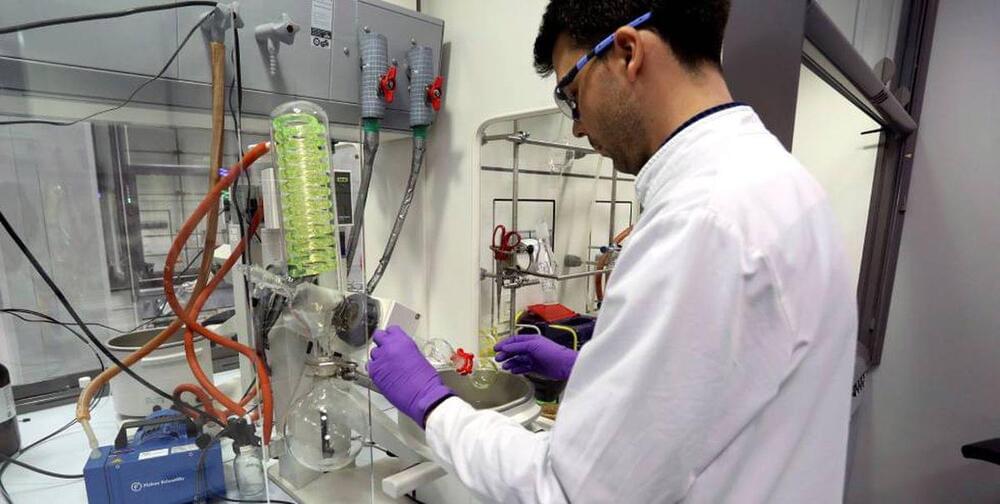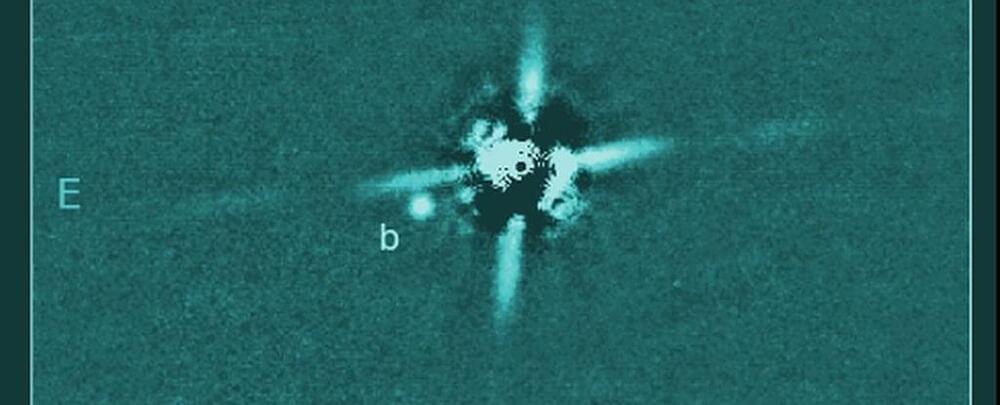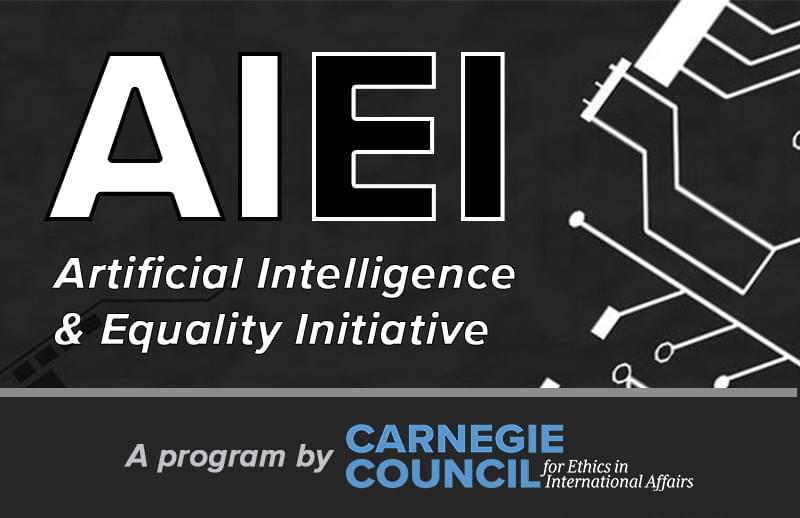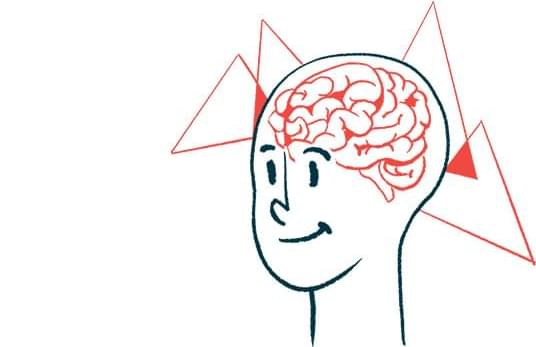On Monday an international team of researchers published the first verified scientific data on the effectiveness of a new treatment that could become the most potent antiviral drug against the coronavirus: plitidepsin. Scientists led by the Spanish virologist Adolfo García-Sastre from Mount Sinai hospital in New York, explain that this drug is 100 times more potent than remdesivir, the first antiviral drug approved to treat Covid-19, which until now has not shown that it is entirely effective, according to the authors of the study.
Plitidepsin is a synthetic drug based on a substance produced in a species of ascidians found in the Mediterranean Sea: invertebrate and hermaphrodite animals that live attached to rocks and docks, such as sea squirts. The Madrid-based company PharmaMar developed the pharmaceutical, which is sold under the name Aplidina, to treat the blood cancer multiple myeloma. The drug, however, has only been approved in Australia.
When the coronavirus pandemic broke out, PharmaMar began a clinical trial to test whether plitidepsin could be used against Covid-19. According to the company, the drug reduces the viral charge in hospitalized patients, but it has still not published its scientific data which must be verified.
García-Sastre’s research team, together with experts from the University of California in San Francisco, the Pasteur Institute in Paris and PharmaMar, tracked all the proteins of the new coronavirus that interact with human proteins. They then analyzed already existing drugs that could interrupt these interactions. From this analysis, the team identified 47 promising drugs, of which plitidepsin appeared to be the most promising. According to a new study published in the journal Science on Monday, it is between nine and 85 times more effective at stopping the virus from multiplying than two other promising drugs from this group.






